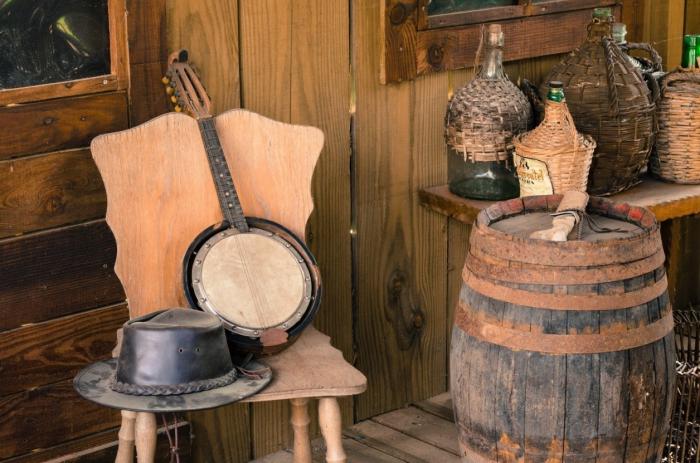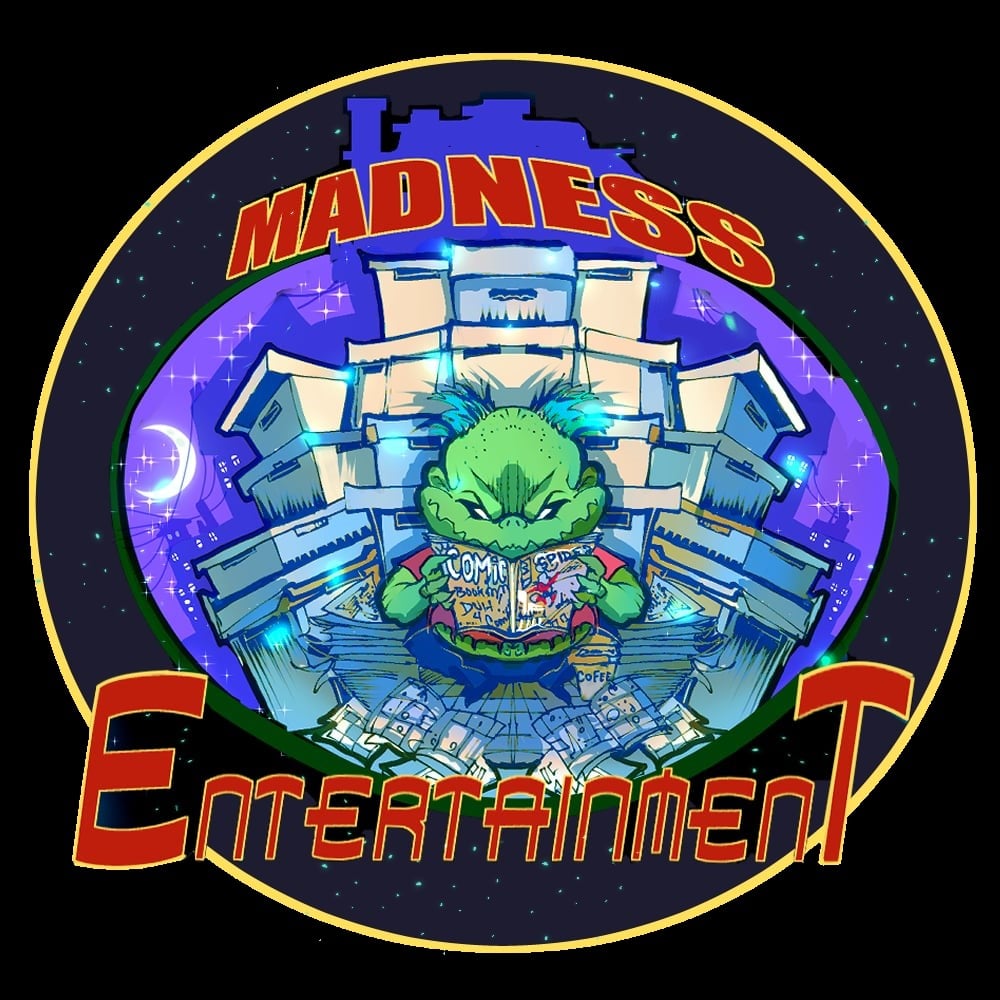Your Complete Guide to Banjos - and the Different Types Available
FTC Statement: Reviewers are frequently provided by the publisher/production company with a copy of the material being reviewed.The opinions published are solely those of the respective reviewers and may not reflect the opinions of CriticalBlast.com or its management.
As an Amazon Associate, we earn from qualifying purchases. (This is a legal requirement, as apparently some sites advertise for Amazon for free. Yes, that's sarcasm.)

Banjo players will readily agree that it's one of the fascinating musical instruments, and learning to play it – and play it well – is a definite challenge. But it's a challenge that's worthwhile, as mastering the instrument is an achievement. But many will also say that learning to play the banjo is easier than learning to play the guitar, so these are encouraging words for those just starting on their banjo-playing journey. But if you’re interested in learning it, it also pays to find out as much as you can about it – including the various types, as there is more than one from which you could choose to learn. Here, then, is your complete guide to banjos – and the different types available.
The two main kinds and various criteria
In essence, there are only two main kinds of banjos: the resonator banjo and the open-back banjo. But there are other important factors such as the number of banjo strings, the scale length and so on. No matter what type of banjo you play, you will need to tune the banjo before you start to play.
- Open back and resonator
The resonator is a wooden bowl attached to the back of the instrument. This helps reflect some of the sound forwards, so resonator banjos are louder. They are normally used for Bluegrass. On the other hand, open-back banjos do not have the resonator, so some of the sound that comes backwards off the head (drumskin) is absorbed by the player's stomach. Open back banjos are quieter, and many players prefer the sound of them. They are also lighter so that's another reason to play an open back. They are normally used for clawhammer.
- The strings
For trad Jazz or Irish music, a four-string banjo would be a good choice, and these four-string banjos are further divided into two kinds: the plectrum and the tenor. The tenor has a shorter neck so it's a bit easier to play than the plectrum banjo. These are normally tuned like a violin or cello, in fifths; however the plectrum banjo can also be tuned more like a guitar.
Six-string banjos have become more popular recently with some well known acts like the Old Crow Medicine show using them. They are normally tuned the same as a guitar, so it's a great option if you are already an experienced guitarist.
You can also opt for the five-string banjo, which is more versatile as you can produce music in various genres. The five-string instrument is the ideal choice for beginners because it produces an open G chord automatically and the left hand fingering is easier than most other stringed instruments. This type of banjo has four long strings, which are the ones you play the most, plus a shorter 5th string. This 'Thumb string' is normally not fretted with the left hand, it produces a drone-like sound. The five string gives the most authentic sound, whether with the fingerpicking or clawhammer styles of play.
The 12-string banjo is quite rare, but it produces a light sound that's also quite delightful. There is also the mandolin banjo which has 8 strings, and the banjolele, which is – you guessed it – a mix of the banjo and the ukulele. It's pretty small and lightweight, making it easy to transport and easy to learn.


